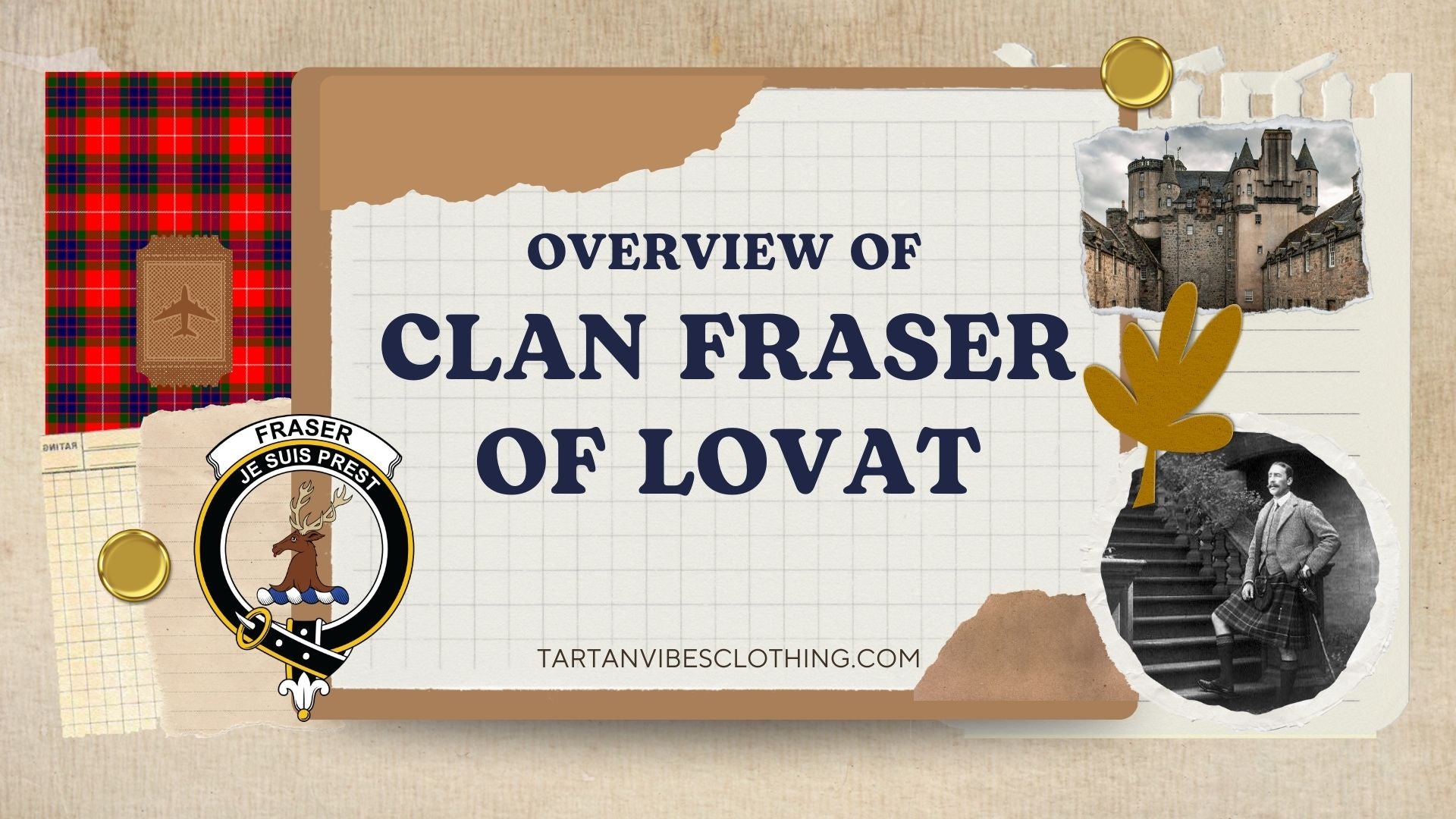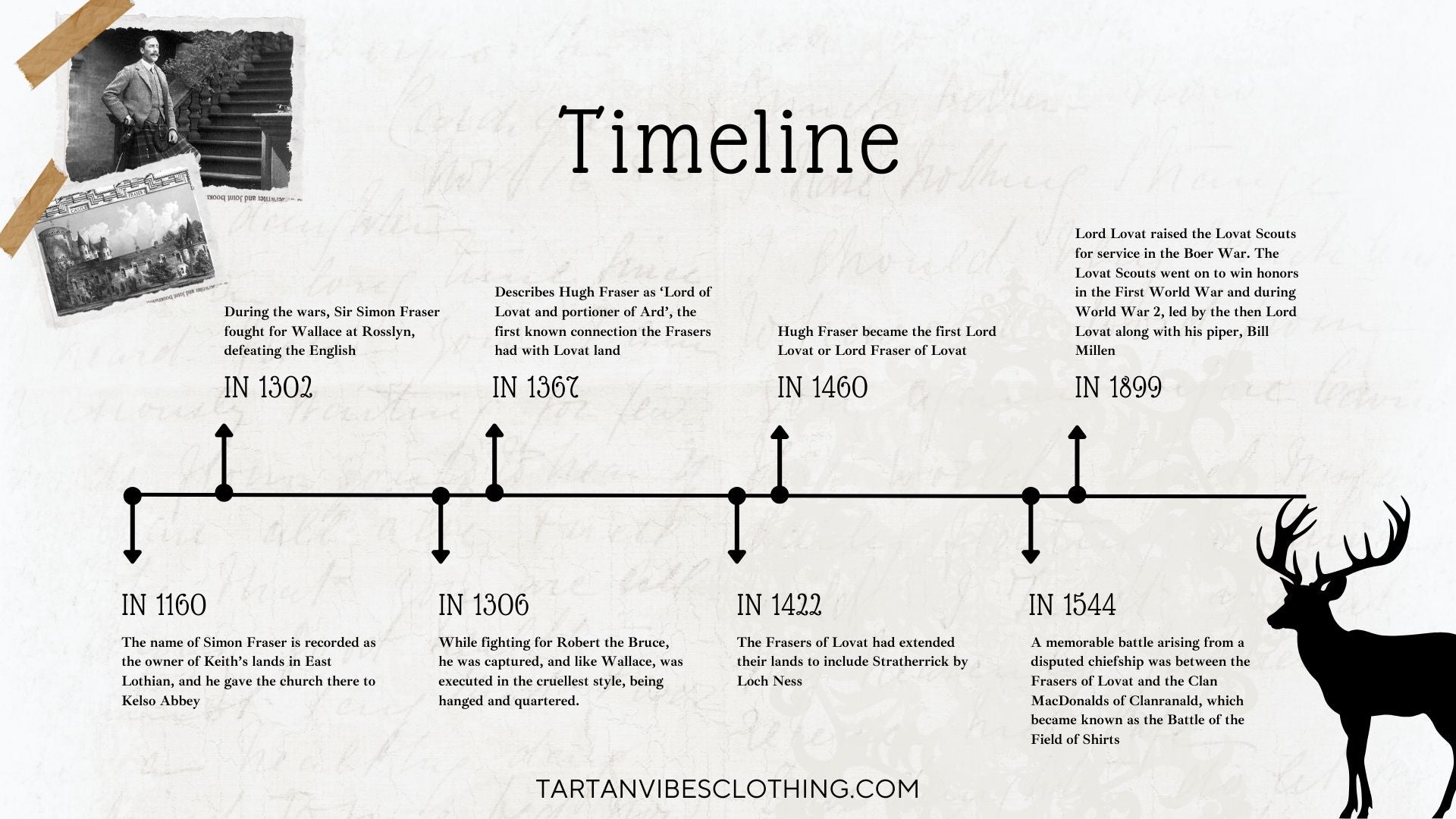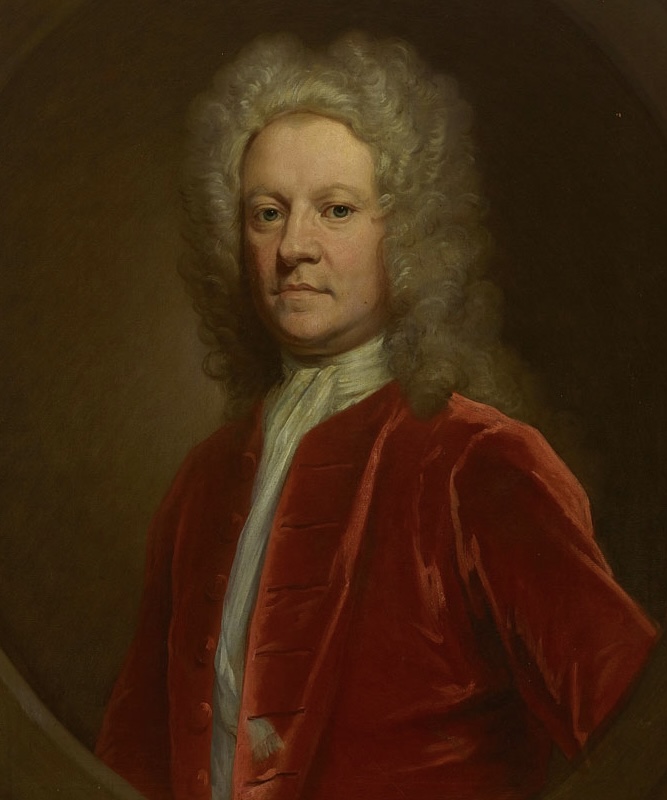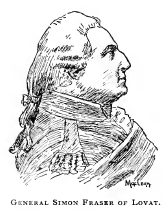Table of Content
I. Introduction
A. A Brief Overview of Clan Fraser of Lovat

Clan Frasers of Lovat (Scottish Gaelic: Friseal), also known as a prominent Highland Scottish clan with strong ties to Inverness and its surrounding areas. The clan's founder acquired land in the region during the 13th century, establishing their presence there. Throughout history, the Clan Frasers of Lovat have held significant political influence in Inverness-shire and have actively participated in major military conflicts and political upheavals in Scotland. Even today, the Fraser name remains prevalent in the Inverness area. The current chief of the clan is Simon Fraser, the 16th Lord Lovat who holds the titles of 25th Chief of Clan Fraser.
B.The Original name of Clan Fraser
There are two theories regarding the origin of the name Fraser. One suggests that the Frasers originated from France and their name is derived from French names such as Fresel, Freseau, or Fredarious. The other theory proposes that the name Fraser comes from a tribe in Roman Gaul whose emblem was a strawberry plant, known as "fraisier" in French.
According to historical records, the first Fraser in Scotland resided in Keith, East Lothian around 1160. During the Wars of Scottish Independence, the Frasers fought alongside Robert the Bruce, and one of them, Alexander Fraser of Cowie, even married Bruce's sister. In the 14th century, the Clan Fraser split into two branches - the Lowland Frasers of Philorth and the Frasers of Lovat - both of which are recognized today as separate clans with a shared ancestry.
II. Clan Fraser of Lovat History

The name Fraser is said to have originated from a knight named Frezel, who hailed from the lordship of La Frezeliere in Anjou. He migrated to Scotland in the 11th century. In 1160, a man named Simon Fraser was recorded as the owner of Keith's lands in East Lothian and he gifted the church there to Kelso Abbey. Simon became a popular name among Frasers. His granddaughter inherited the Keith lands and they eventually became known as the Keith family. The Frasers held ownership of Oliver Castle and Tweeddale until the wars of independence. After that, the Clan Fraser moved north and expanded throughout the Highlands.
During the wars, Sir Simon Fraser fought alongside William Wallace at Rosslyn in 1302, defeating the English. He also fought for Robert the Bruce in 1306 but was captured and executed in a brutal manner, similar to Wallace's fate, by being hanged and quartered. The Clan Frasers of Lovat can trace their roots back to Simon, the younger brother of Sir Alexander Fraser who served as Chamberlain to Robert I. Simon gained possession of the lands near Beauly in Invernessshire through marriage. The leaders of the Clan Frasers of Lovat are traditionally referred to as “MacShimi” in Gaelic, which translates to “Son of Simon”.
A record from 1367 describes Hugh Fraser as ‘Lord of Lovat and portioner of Ard’, the first known connection the Frasers had with Lovat land. By 1422, the Clan Frasers of Lovat had expanded their territory to include Stratherrick near Loch Ness. Around 1460, Hugh Fraser became the inaugural Lord Lovat or Lord Fraser of Lovat. In 1511, the chiefs established Beaufort Castle as their residence, which remains in the possession of the Frasers to this day.

One notable conflict that arose due to a disputed chiefship was the Battle of the Field of Shirts in 1544 between the Frasers of Lovat and the Clan MacDonalds of Clanranald. This battle earned its name because the soldiers had to discard their heavy plaids in the heat of the day and continue fighting in their white shirts. Despite its romanticized name, the battle was a gruesome one that took place on a marshy area near Loch Lochy. Out of the hundreds of men who fought, only five Frasers and eight MacDonalds survived. The Lovat chief and his son and heir were among the casualties and were laid to rest at Beauly Priory.
Despite the expenses incurred on that day, the Lovat Frasers grew in number and established various branches such as Fingask, Reelig, and Inverallochy. A significant presence of the Lovat clan was recorded at Culloden Moor in April 1746, with some sources claiming up to two battalions were present. After the devastating defeat, Cumberland and his troops looted the Fraser estates. The chief was captured at Loch Morar and transported to London where he was executed at Tower Hill one year after the Battle. Later, the Clan Frasers of Lovat played a crucial role in raising Highland regiments that served in conflicts across the British Empire, including the American Revolutionary War, Quebec, and the Napoleonic Wars.
In 1899, Lord Lovat formed the Lovat Scouts for duty in the Boer War. These soldiers went on to achieve recognition in the First World War and were led by the then Lord Lovat and his piper, Bill Millen. They were part of the historic D-Day landings on the beaches of Normandy and played a crucial role in the liberation of the Pegasus Bridge, a strategically important location. Lord Lovat, a highly esteemed and decorated war hero, passed away in 1996 and was laid to rest accompanied by his loyal piper.
III. Clan Fraser of Lovat Crest
The combination of these symbols in the Clan Fraser Crest not only honors the historical roots of the clan but also conveys enduring values such as readiness, resilience, and a connection to the fertile landscapes of their ancestral lands. The crest serves as a proud emblem, representing the identity and spirit of Clan Fraser History across generations.
Clan Fraser of Lovat
Gaelic Name: Friseal
Crest: A buck’s head erased, Proper
Motto: Je Suis Prest (I am ready)
Origin of Name: French, fraisse (Strawberry)
Lands: East Lothian, Aberdeenshire
Clan Chief: The Rt. Hon. The Lord Lovat

A. A stags head
B. Clan Motto - "Je suis prest"
IV. Clan Fraser of Lovat Tartan
Each clan has numerous versions of its tartan which can make it very confusing for those not accustomed to how it works. Normally it starts with two main categories, Dress which is mostly reds based, and Hunting which is mostly green and browns for camouflage. Most clans also have an Ancient and a Modern version of both. The most commonly used Clan Fraser of Lovat Tartan are as follows:

Over the years, many branches of the clan have developed their own versions of the colors and check patterns. This trend continues today, as new Fraser Clan Tartans are occasionally introduced. Moreover, each mill that makes Fraser tartan might use slightly different colors so almost every Clan Fraser Kilt will be nuanced and subtly unique, especially the older ones which will have weathered.
V. Prominent Members of Clan Fraser
A. Overview of Key Chiefs and Leaders in Clan Fraser of Lovat
Simon Fraser, 11th Lord Lovat (c. 1667–1747): Known as the "Old Fox", Lord Lovat was a complex and influential figure during a critical period in Scottish history. He played a significant role in the Jacobite uprisings and was the last person in Britain to be publicly beheaded.

Simon Fraser, 12th Lord Lovat (1726–1782): The son of the 11th Lord Lovat, he succeeded his father and faced challenges during a time of political unrest. He had a notable military career and was involved in the American Revolutionary War.

Thomas Alexander Fraser, 14th Lord Lovat (1802–1875): Thomas was a key figure during the 19th century, known for his political involvement and social reforms. He was also a Member of Parliament and worked on issues related to education and justice.
B. Contributions and Impact of Prominent Leaders
Military Legacy: Chiefs of Clan Fraser Highlands often played crucial roles in military conflicts, including the Jacobite uprisings and broader conflicts such as the American Revolutionary War. Their military prowess and strategic decisions left a lasting impact on Scottish and British history.
Political Influence: The clan's leaders were actively involved in political affairs, representing their interests in various parliamentary and governmental roles. Their contributions helped shape the political landscape in Scotland and beyond.
Social and Legal Reforms: Some leaders, such as Thomas Alexander Fraser, contributed to social and legal reforms during the 19th century. Their efforts aimed at improving education, justice, and societal well-being, leaving a positive imprint on the communities they served.
Cultural Preservation: Clan Fraser of Lovat has also played a role in preserving and promoting Scottish cultural heritage. Through their support of traditional arts, languages, and customs, they have contributed to maintaining the rich tapestry of Scottish identity.
VI. Conclusion
In conclusion, the story of Clan Fraser of Lovat unfolds as a captivating journey through the annals of Scottish history. From their medieval origins to the notable figures who shaped the clan's destiny, the Frasers have left an indelible mark on the culture of Scotland. Through centuries of challenges, triumphs, and contributions, Clan Fraser stands as a testament to resilience, loyalty, and the enduring spirit of a Highland clan.
Frequently Asked Questions
How many Fraser clans are there?
There are two separate branches of the family, each with their chief. These are Clan Frasers and Clan Fraser of Lovat, who traditionally hold lands in the Highlands.
Is Fraser Scottish or Irish?
Fraser is a Scottish name, although there are many descendants of Clan Fraser all around the world – including Ireland, but you’ll also find Fraser in Australia, New Zealand, Canada, and beyond.
Who was the first Fraser?
Simon Fraser
The Frasers moved into Tweeddale in the 12th and 13th centuries and from there into the counties of Stirling, Angus, Inverness, and Aberdeen. Though the name Fraser – however spelled – is French, it is now 800 years since the first bearer of it, Simon Fraser, was recorded in Scotland.
Who can wear Fraser tartan?
Today, the Clan Fraser Tartan plaid is one of the most popular tartans in Scotland. It is worn by people of all backgrounds, and it is a symbol of Scottish heritage and pride
What is the difference between Fraser and Fraser of Lovat?
Clan Fraser is a Scottish clan of the Scottish Lowlands. It is not to be confused with the Clan Fraser of Lovat who are a separate Scottish clan of the Scottish Highlands (though with a common ancestry).












I am Kirsten Marie Fraser my father was William Fraser and myself and my sister have been brought up to be Scottish to the core and my red hair was his pride and joy. I felt reading this that I am proud and it’s like I can feel what the words are truly expressing. Thanks for helping me understand my past.